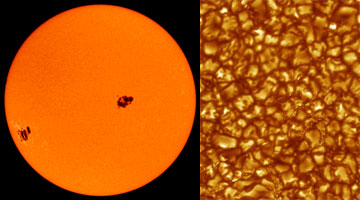The photosphere is the visible "surface" of the Sun (left). Sunspots are often visible "on" the photosphere. A close-up view (right) shows the granulation pattern on the photosphere.
Click on image for full size
Images courtesy of SOHO/NASA/ESA and The Royal Swedish Academy of Sciences and Oddbjorn Engvold, Jun Elin Wiik, and Luc Rouppe van der Voort - University of Oslo.
The Photosphere - the "Surface" of the Sun
Most of the energy we receive from the Sun is the visible (white) light emitted from the photosphere. The photosphere is one of the coolest
regions of the Sun (6000 K), so only a small fraction (0.1%) of the gas is
ionized (in the plasma state). The photosphere is the densest
part of the solar atmosphere, but is still tenuous compared to
Earth's atmosphere (0.01% of the mass density of air at sea level).
The photosphere looks somewhat boring
at first glance: a disk with some dark spots. However, these
sunspots
are the site of strong magnetic fields. The solar magnetic field is believed to drive the complex
activity seen on the Sun.
Magnetographs measure the solar magnetic field at the photosphere.
Because of the tremendous heat coming from the solar core, the solar interior below
the photosphere (the convection zone) bubbles like a pot of boiling water.
The bubbles of hot material welling up from below are seen at the photosphere
as slightly brighter regions. Darker regions occur where cooler plasma
is sinking to the interior. This constantly churning pattern of convection
is called the solar granulation pattern.
You might also be interested in:
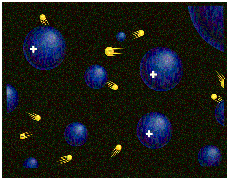
Plasma is known as the fourth state of matter. The other three states are solid, liquid and gas.Almost everything is made up of atoms (your dog, your science book, this computer...). The atom has a nucleus
...more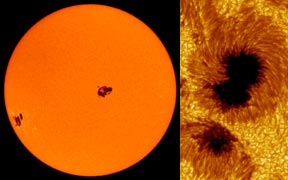
Sunspots are dark spots on the Sun. They may look small, but they are actually as bigas a planet like Earth or Mars! Sunspots are "dark" because they are colder than the areas around them. Of course, they
...more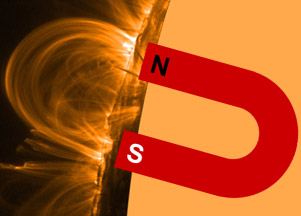
You probably have magnets on your refrigerator holding up some of your artwork or a photograph of a friend or family. Did you know that it is magnetic fields (which all magnets have) that make sunspots
...more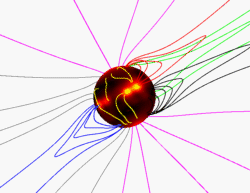
Text for this level has not been written yet. Please see the "Intermediate" text for this page if you want to learn about this topic. To get to the "Intermediate" text, click on the blue "Intermediate"
...more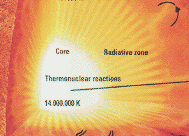
The center of the Sun is called the core. The core is made up of a really hot gas (in the plasma state). The temperature in the core is 15 million kelvins ! That's REALLY HOT! The core is where the energy
...more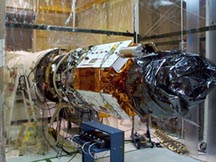
The TRACE spacecraft was launched April 1st from California. TRACE stands for Transition Region and Coronal Explorer (try saying that fast three times!). This spacecraft has four telescopes on it. The
...more
On March 30, 1998, the TRACE spacecraft will be launched. TRACE stands for Transition Region and Coronal Explorer (try saying that fast three times!). This spacecraft has four telescopes on it. The telescopes
...more


